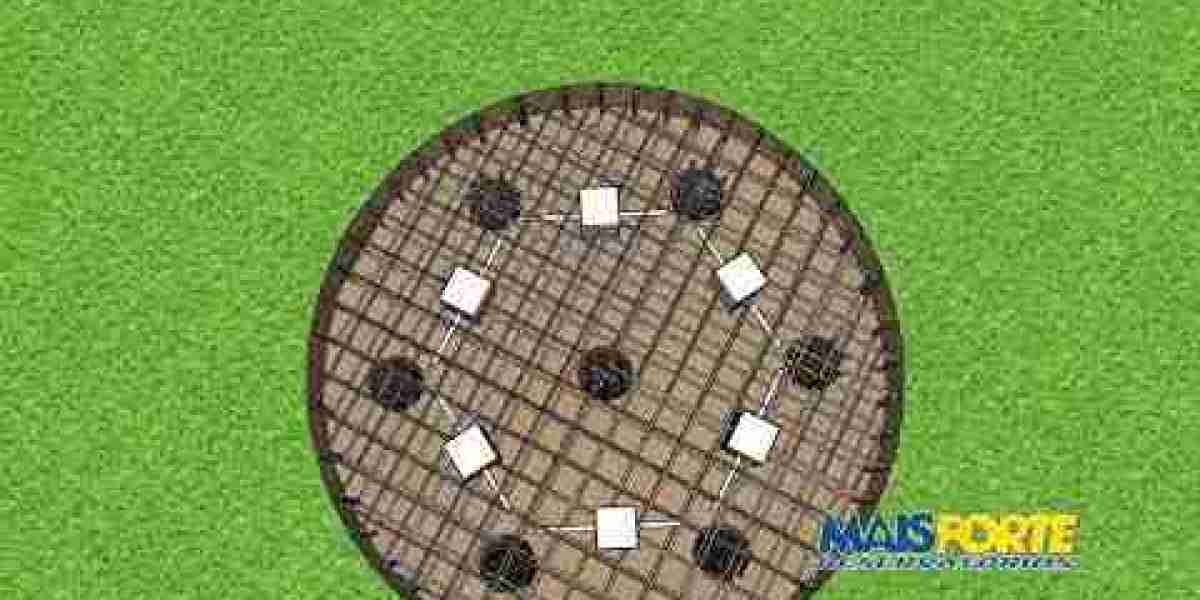Print design is a dynamic and versatile craft that continues to thrive in a world heavily influenced by digital media. While the advent of digital technology has shifted many businesses to online platforms, the demand for high-quality print media remains steadfast. Whether it’s a well-designed business card, a captivating poster, or a detailed brochure, the power of tangible print design lies in its ability to communicate, engage, and leave a lasting impression.
This article explores the critical role of print design, its timeless value, and tips for leveraging its power. We also provide insights into specific aspects of print design, such as branding strategies, design trends, and effective layouts, to help you create designs that truly capture attention.
What is Print Design?
At its core, print design involves crafting visual content meant for physical distribution rather than digital consumption. It encompasses an array of formats, including flyers, brochures, menus, magazine layouts, posters, t-shirts, and packaging. A successful print design marries creativity with strategic thinking, ensuring that the final product communicates a clear message to its target audience.
Unlike digital design, print design demands a deep understanding of issues like resolution (DPI), color systems (CMYK instead of RGB), and material texture. These elements ensure that a visual designed on-screen translates perfectly into the physical world.
Why Print Design Still Matters
Tangible print materials add a tactile experience that digital designs can’t replicate. A thoughtfully designed booklet or a premium business card may physically linger far longer than the fleeting seconds of a digital ad. Here’s why print design is essential today:
- Memorability: Physical materials, such as brochures or banners, are often more engaging, leaving a lasting impression on audiences.
- Trustworthiness: Studies indicate that consumers often perceive print media as more credible and trustworthy compared to digital advertisements.
- Accessibility: Print doesn’t require batteries or connectivity, making it accessible anytime, anywhere.
For businesses looking to stand out, incorporating print materials as part of their marketing toolkit remains invaluable.
Print Design in Branding Strategies
One of the most important aspects of print design is its ability to enhance and solidify branding strategies. Print materials like posters, stationery, packaging, and business cards serve as physical representations of your brand.
For example, a beautifully designed business card is more than just contact information—it’s a handshake in paper form. It reflects your brand’s personality and values through elements like typography, color schemes, and finishes such as embossing or foil stamping.
Similarly, product packaging plays a significant role in consumer decision-making. High-quality, well-thought-out branding on packaging can communicate reliability, authenticity, and even luxury. By using unique print design for branding, businesses can establish a stronger connection with their audience while differentiating themselves from competitors.
Key Considerations for Brand-Focused Print Design:
- Consistency: Align fonts, colors, and visual elements with your overall brand identity.
- Material Choice: Choose paper types and finishes that complement your message. Glossy stock may evoke modernity, while recycled paper showcases eco-consciousness.
- Simplicity: Avoid clutter, focusing instead on clean designs that stick to the core brand message.
Print Design Trends to Watch
Just like in digital design, print design evolves with consumer behavior and cultural influences. Staying on top of these trends ensures your print designs feel relevant and fresh.
1. Minimalist Designs
The “less is more” philosophy continues to dominate print design. Minimalist layouts with minimal text create designs that are elegant and uncluttered. This approach enhances readability and ensures the audience focuses on what truly matters.
2. Bold Typography
Typography plays a defining role in print materials. Big, bold typefaces are in style, helping capture attention and reinforce brand messages without overshadowing other elements.
3. Mixed Media
Print designers increasingly experiment with mixed media techniques, blending hand-drawn illustrations with digital elements. This adds uniqueness to the final product.
4. Vintage Revival
Retro-inspired aesthetics, using washed-out colors and nostalgic fonts, are making a comeback. These styles evoke an emotional connection with the audience.
5. Sustainability-Focused Designs
With growing environmental concerns, print designs that integrate eco-friendly materials or highlight sustainability resonate well with modern audiences.
The Role of Layouts in Captivating Print Design
Layout is the backbone of effective print design. It organizes elements to guide the viewer’s eye while ensuring the message comes across seamlessly. A poorly designed layout can leave readers overwhelmed, causing them to stop engaging with the material.
Experienced designers understand this and utilize principles of balance, alignment, and proportion to create impactful layouts. For instance:
- Eye Flow: A strong layout guides the reader naturally from headline to body text through thoughtful positioning.
- White Space: Incorporating white space prevents the design from feeling crowded, making key information stand out.
- Hierarchy: Bold headlines grab attention, while subheadings and smaller text provide detail without overwhelming the main takeaway.
Well-thought-out layouts are crucial, whether you’re designing a restaurant menu or a corporate annual report.
Advanced Printing Techniques for Modern Design
Your choice of printing technique can significantly elevate the final output of your print materials. Some popular techniques include:
- Die Cutting – Creative cut-out shapes that add dimension and intrigue to the design.
- Foil Stamping – Metallic accents lend a luxurious touch to invitations, cards, or packaging.
- Spot UV Coating – Selectively gloss certain areas of a design to create striking contrasts.
- Letterpress Printing – Adds a vintage, tactile feel using an embossing method.
Working closely with an experienced printer ensures you can bring your vision to life with precision.
How “Print Design” Enhances Marketing Campaigns
Effective “print design” works seamlessly in tandem with digital marketing efforts. For example:
- Event Promotions: Flyers and posters can generate foot traffic for local events while driving attendees to your website.
- Direct Mail: Postcards or personalized notes often feel far more impactful than an email lost in someone's inbox filter.
- Product Launches: High-quality print materials such as catalogs and launch invites create memorable impressions during product unveilings.
When combined with digital promotions, print campaigns amplify overall marketing ROI by engaging consumers on multiple sensory levels.
Print Design Beyond Advertising
While marketing materials like brochures and posters dominate the print design narrative, its scope extends far beyond advertisements. It’s equally impactful in other domains, such as:
- Interior Branding – Wall graphics or table menus elevate customer experiences in physical spaces.
- Educational Prints – Academic posters or handouts are designed to break down complex information visually.
- Art Installations – Print is frequently used for artistic, non-commercial expressions.
From on-brand stationery to visually arresting illustrations, versatile print design applications prove its staying power.
Unlock the Creative Potential of Print Design
Print design continues to blend function and artistry, defying the idea that it's outdated or irrelevant. With strategic planning, engaging layouts, and thoughtful materials, print can elevate branding efforts, marketing campaigns, and communication to a whole new level.
If you’re ready to take your designs to the next level, investing in quality printing methods and collaborating with seasoned designers will ensure you see excellent results.
Are you inspired to explore what print design can do for your business? Contact our team today to start creating designs that stand out and captivate.






